Imperial Amnesties. Or, did Tibetans use dice to decide legal cases?
Chinese emperors regularly granted amnesties. These were gestures of mercy, often announced at the beginning of a reign, or on other auspicious occasions. During the Tang dynasty there were 176 such amnesties. They generally applied to convicted criminals, but might also extend to cancel debts.1 Were Tibetan emperors inspired to do something similar?
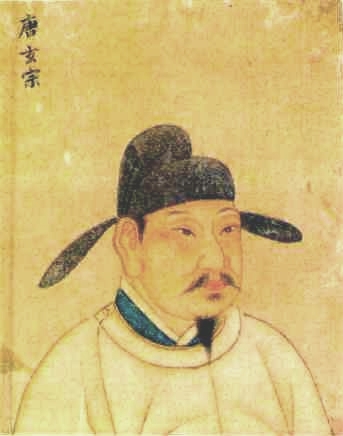
amnesty in 744.
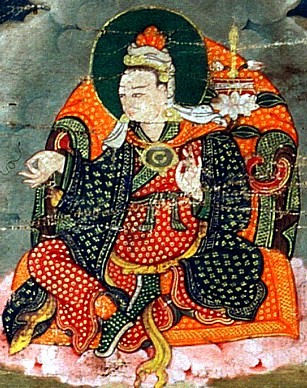
In this post I suggest that a legal document from Dunhuang (The Replies Document, ITJ 740.2) relates to the declaration of an amnesty (bka’ sho). The document, itself, records a series of requests made by local officials to central authorities. They were asking whether a legal case should be decided by the application of sho (shos bcad). In a detailed analysis of this document, Dotson (2007) has suggested that the sho were dice, and the officials were asking whether a liability or punishment should be decided according to the role of dice.
Subsequently, several writers have referred to the ‘dice statutes’ of the empire. More recently, however, Dotson (2015) has expressed doubts about this interpretation and suggests that a bka' sho has the character of a royal amnesty. Here I add my own, more sociological, reasons for suggesting that dice are unlikely, and that the sho relates to a debt amnesty.
As Dotson (2007) carefully describes, the bka’ sho were periodic edicts, supplemented by sho tshigs, rules which specified the way in which the edict was to be applied. The Replies document records details of petitions that were presented following the making of a tiger-year edict, together with the replies. The details of the cases suggest that the application of the sho tshigs would benefit those who would otherwise be under a liability, including penalties on unpaid loans, liability for the loss of property, or in the event of marital disputes, as well as obligations to monasteries or for the provisioning of troops. The use of dice, Dotson originally suggested, gave these debtors a chance of relief.
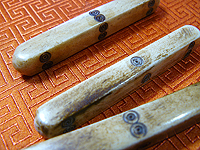
Later records—from the nineteenth and twentieth centuries—indicate that Tibetans used dice in legal cases when basic facts were in dispute. In such cases, their use was akin to the conduct of an ordeal, for which there are other precedents in Tibetan texts.2 Such techniques have been used widely around the world to solve cases in which facts are disputed: they are often regarded as means by which the divine can indicate the right result.
The queries raised by the Replies document are not of this nature. The basic facts in all the cases are not in dispute. Moreover, they all involve quite complex situations of debt and liability. Many indicate a sophisticated system of trade and property arrangements, in which fine distinctions are made between types of loan and ownership. It seems highly unlikely that an element of chance would be introduced into such relations by the throw of dice, particularly when the basic facts are not in dispute.
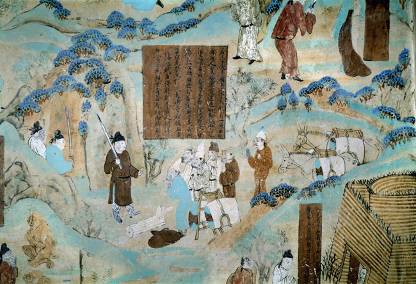
How, then, are the sho to be interpreted? In each case it is being argued, or it is presumed, that one party is under an obligation to another, and the presumptive debtor is asking that the sho tshigs apply. In one case (clause 4), a debtor argues that his unpaid loan has become a punishable offence (nongs pe’i chad pa) and asks for kindness in the application of the bka’ sho (thugs dpag mdzad pe’i bka’ shos gcad par gsol ces). The creditor, on the other hand, is claiming that the debtor’s obligation to pay a penalty (gyur)3 is not in the nature of a punishment (khrin). This indicates that the application of the bka’ sho would relieve the debtor of his obligation to pay the penalty. It suggests that the bka’ sho operated like a debt amnesty, cancelling an obligation that had become akin to a punishment.
A similar arrangement is evident in another Dunhuang document: S. 2228. This concerns a field donated to a monastery, which was due to be returned to the donor under an administrative arrangement (mkhos).4 The monastery was asking that the related provisions (rtsis mgo and sho tshigs) not apply to this particular field. The sho tshigs, in this case, seem to have been part of an arrangement whereby monastic property was being returned to its original owners. This would be consistent with the purpose of the bka’ sho, indicted by the Replies document, namely to protect debtors. S. 2228 may relate to a situation in which over-generous donations to—or the over-insistent demands of—a powerful monastery, had led to indebtedness among the surrounding farmers. The authorities might have decided that it was necessary to protect the peasants, and thereby the tax-base of the area, through an arrangement for the return of their property.
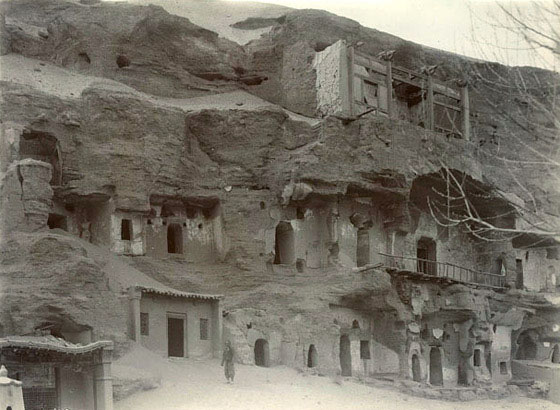
© The British Library Board
It is entirely plausible that in areas like Dunhuang, full of merchants and trading activities, levels of indebtedness periodically rose to such levels that the authorities felt it necessary to intervene to protect debtors. Similar practices have been noted widely around the world—periodic debt amnesties are referred to in the Old Testament, for example.
There are two references to sho in the Tibetan Annals. The entry for the year 692–93 records that the sho tshigs of Sum pa were ‘seized’ (bzung). This suggests that an amnesty might have been specific to a particular region, maybe one that had just been incorporated within the imperial domains. Even more significantly, and as Dotson (2015) points out, the Annals record that in 756, shortly after his enthronement, Tri Song Detsen made a bka’ sho. This is the clearest indication that the Tibetan emperors were emulating the activities of the Chinese. Tibetan emperors may well, that is, have granted periodic amnesties to protect peasants and debtors who were suffering at the hands of the rich and powerful in their expanding empire.
References
Dotson, Brandon. 2007. Divination and law in the Tibetan Empire. In M. Kapstein & B. Dotson (eds) Contributions to the Cultural History of EarlyTibet. Leiden: Brill.
__. 2015. Introducing Early Tibetan Law: Codes and Cases. In D. Schuh (ed.) Secular Law and Order in the Tibetan Highland. Andiast: IITBS.
Iwao, Kazuchi, Sam van Schaik, and Tsuguhito Takeuchi. 2012. Old Tibetan Texts in The Stein Collection Or. 8210. Tokyo: The Toyo Bunko.
Johnson, Wallace. 1979. The T’ang Code, vol. 1. Princeton: University Press.
McNight, Brian. 1981. The Quality of Mercy: Amnesties and Traditional Chinese Justice. Honolulu: The University Press of Hawaii.
Pirie, Fernanda. 2015. Oaths and Ordeals in Tibetan Law. In D. Schuh (ed.) Secular Law and Order in the Tibetan Highland. Andiast: IITBS, 177–95.
Schuh, Dieter. 2015. Synthetisches Geld in Tibet. Betrachtungen zu den Zahlungs einheiten in tibetischen Gerichtsverfahren. In D. Schuh (ed.) Secular Law and Order in the Tibetan Highland. Andiast: IITBS, 159–75.
Notes
1 See, generally, McKnight (1981: 2) and Johnson (1979: 16).
2 Ordeals are, for example, described in the zhal lce bcu drug (Pirie 2015).
3 Schuh (2015) argues that gyur is a penalty.
4 This document is presented in Iwao et al. (2012: 43–44) and discussed by Dotson (2015: 298–302).




